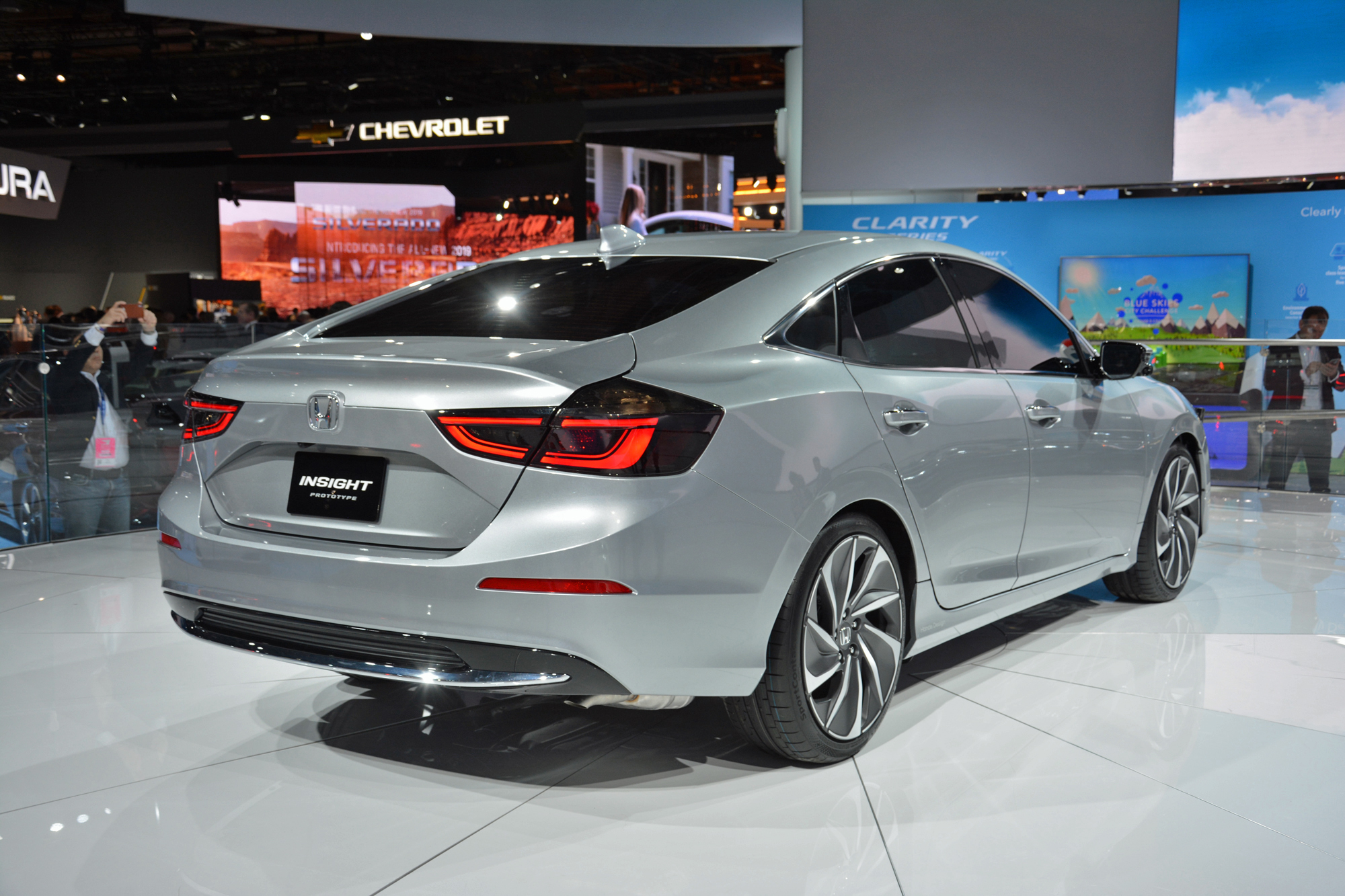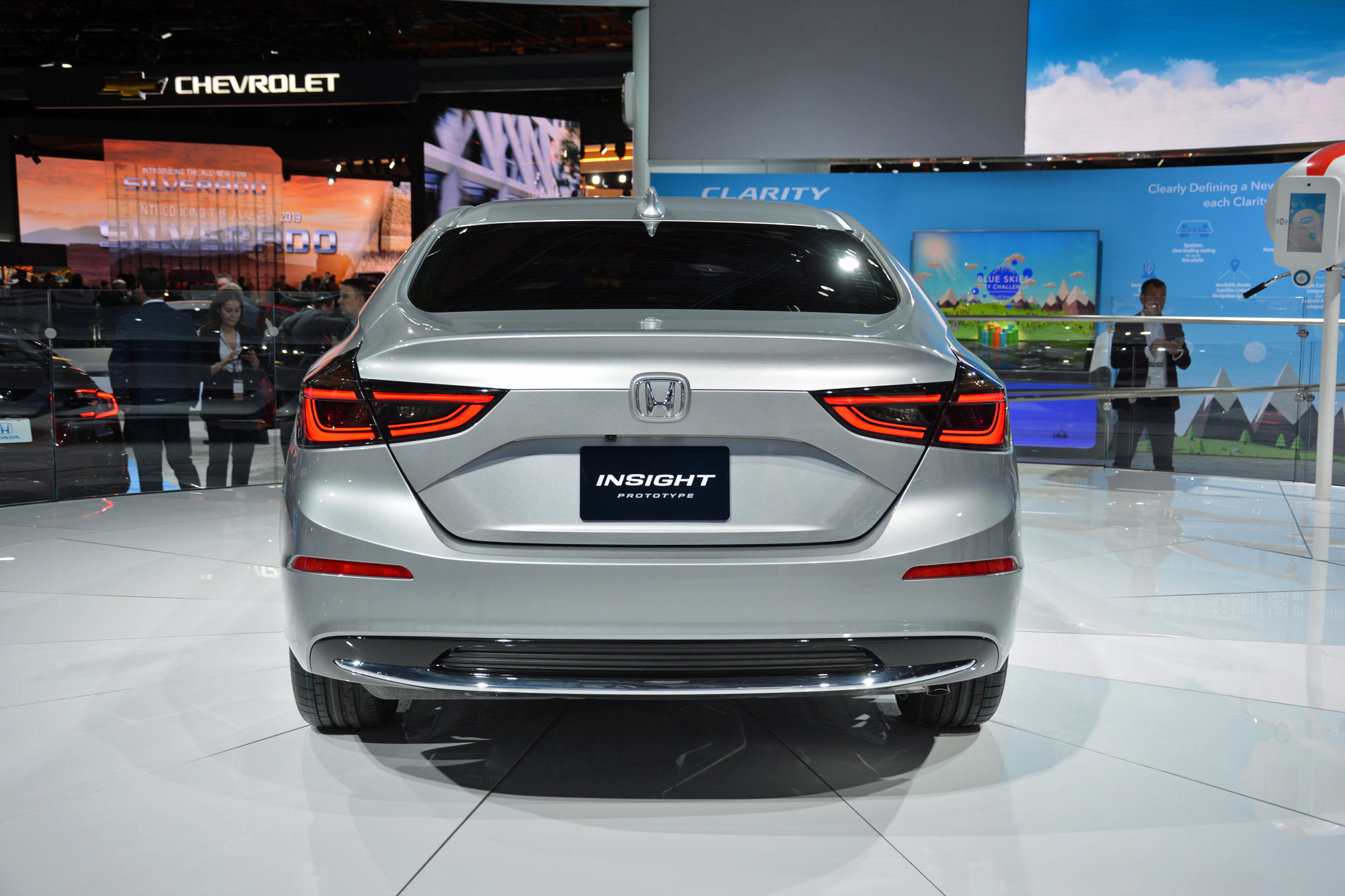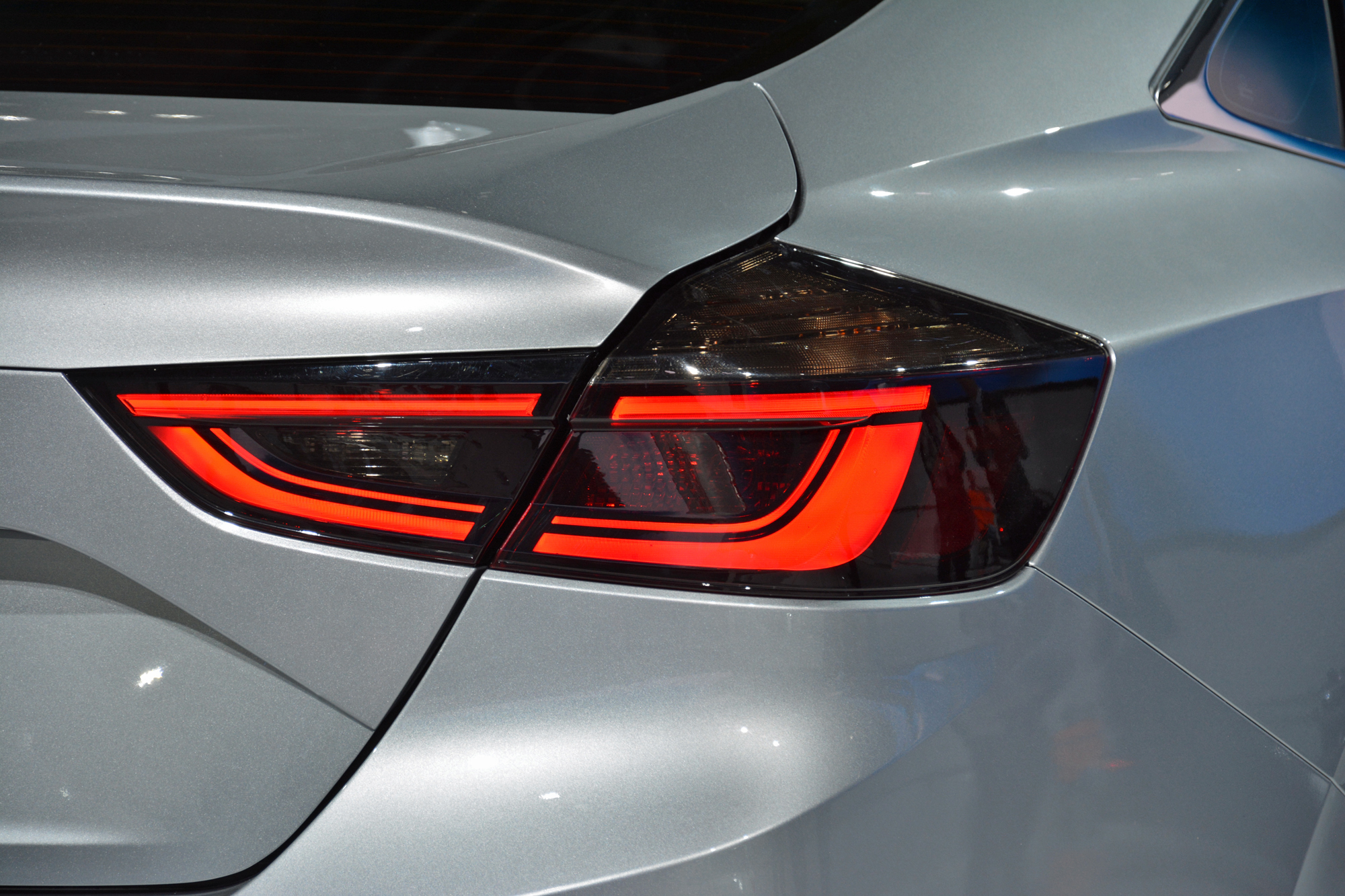The first-generation Honda Insight was the first mass-market hybrid sold in the United States, but with sci-fi styling and a cramped two-seat layout, it was always an acquired taste. The second-generation Insight was a more practical five-door hatchback positioned as a cheaper alternative to the Toyota Prius, but Honda’s cost cutting may have gone too far in that case. Now Honda is reviving the Insight once again. Will the third time be the charm?
This time around, the Insight will be what Honda calls an “upscale” sedan positioned between the Civic and Accord. The Japanese automaker will unveil a “prototype” of the third-generation Insight in January at the 2018 Detroit Auto Show. The new hybrid will go on sale later this year as a 2019 model.
In stark contrast to previous Insights, not to mention the current-generation Prius, the 2019 Insight has a conservative design. It looks like just another Honda sedan. That might be a good thing for hybrid buyers who want to fly under the radar.
The 2019 Insight will use a version of Honda’s two-motor hybrid system, similar to the system in the Accord Hybrid and Clarity Plug-In Hybrid. The Insight has a 1.5-liter Atkinson-cycle gasoline engine and a lithium-ion battery pack of unspecified size, which sits under the rear seat. Honda expects EPA-rated fuel economy “in excess” of 50 mpg. For reference, the most efficient version of the Prius is rated at 56 mpg combined.
The Insight gets many of tech features available on other Hondas. The infotainment system includes an 8.0-inch touchscreen and Apple CarPlay and Android Auto compatibility. Higher-level models will get the Honda Sensing suite of driver-assistance features, including: autonomous emergency braking, lane departure warning, road departure mitigation, adaptive cruise control, and traffic sign recognition.
After whittling down its lineup of electrified vehicles, Honda is building it back up. By the end of next year, Honda will be selling hydrogen fuel cell, battery-electric, and plug-in hybrid versions of the Clarity, the new Insight, and a new version of the Accord Hybrid. Honda expects electrified vehicles to make up two thirds of its global sales by 2030.
Unlike the previous two generations, which were both imported from Japan, the new Insight will be built in the U.S. It will roll out of the same Greensburg, Indiana, plant that currently builds the Civic and CR-V, allowing Honda to take advantage of greater economies of scale. Pricing and full specifications for the 2019 Insight will be revealed closer to launch.
Updated: Added details on the powertrain and tech features; more photos.












